Let me tell you about my absolute favorite comfort food - Pocherong Bisaya. It's like Bulalo's lighter, more refreshing cousin, perfect for any weather. What makes this dish truly special is its balance. You get the richness from the beef marrow, a hint of sweetness from the corn and bananas, an earthy note from the bamboo shoots, and that unmistakable citrusy fragrance from the lemongrass.
Once you try this Visayan version of pochero, you'll understand why it's a beloved classic that's been passed down through generations of Filipino families.
Jump to:
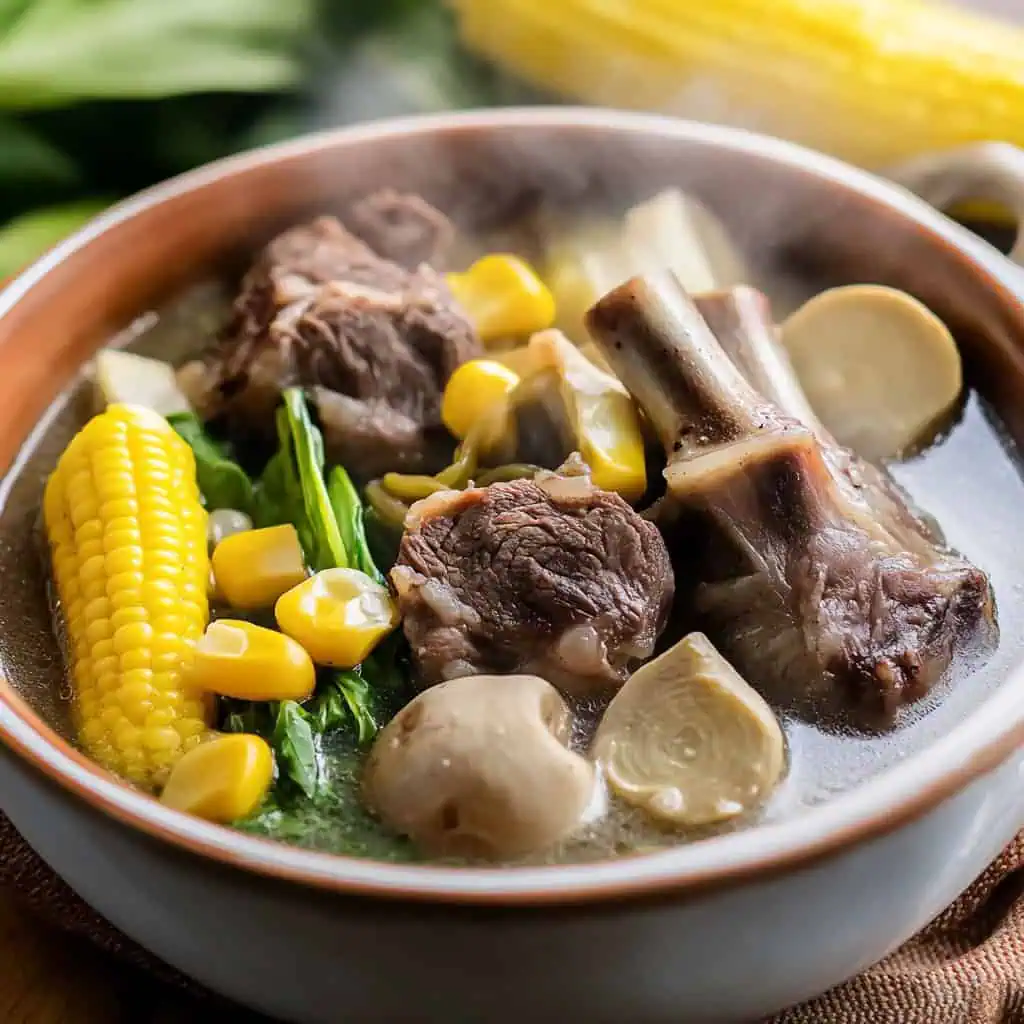
Why You'll Love This Recipe
- Rich, complex flavors from the combination of beef, ginger, and lemongrass (tanglad)
- Perfectly tender meat that falls off the bone
- A complete one-pot meal featuring vegetables and protein
- Lighter and fresher than traditional Bulalo
- Perfect for both sunny and rainy days
- Authentic Visayan recipe passed down through generations
Ingredients
The ingredients in Pocherong Bisaya were thoughtfully selected to create a balanced, nourishing meal. Beef shanks provide rich flavor and hearty protein, while lemongrass and ginger add distinctive aromatic notes that set this dish apart from other Filipino soups.
Saba bananas contribute natural sweetness and a unique texture, while bamboo shoots offer an earthy counterpoint. Fresh vegetables like corn, bok choy, and cabbage add nutritional value, color, and textural variety.
Together, these ingredients create a harmonious blend that represents the Visayan cooking philosophy of balancing flavors and textures while making the most of locally available, seasonal ingredients.
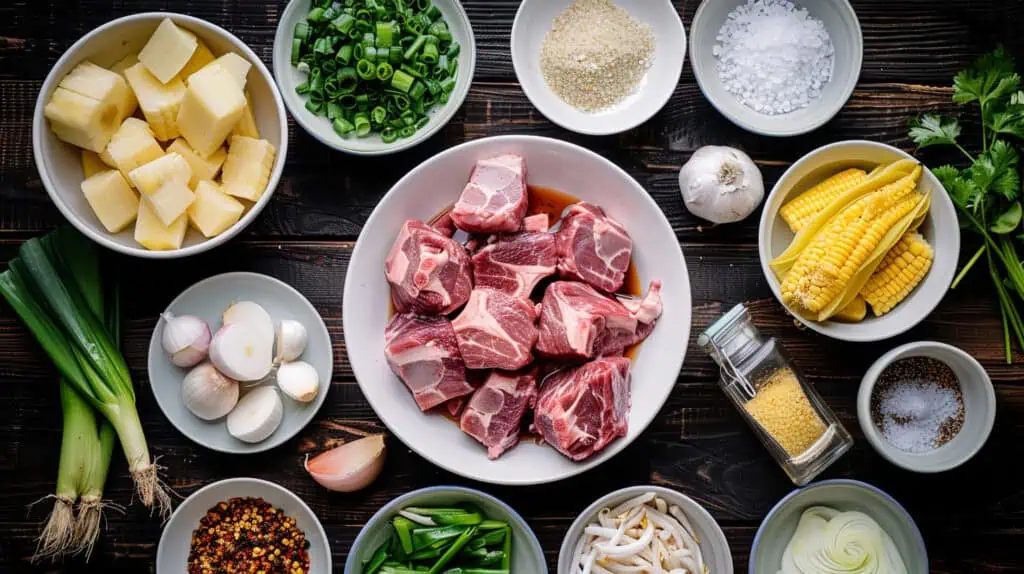
- 1.5 kg beef shanks, cut into sections
- 4 stalks lemongrass (tanglad), white parts pounded
- 1 large piece ginger (luya), peeled and thinly sliced
- 6 cloves garlic, minced
- 1 onion, quartered
- Salt to taste
- Fish sauce (patis) to taste
- Freshly ground black pepper
- 2 tablespoons cooking oil
- 4 pieces saba bananas, sliced diagonally
- 1 cup bamboo shoots (labong), pre-cooked and sliced
- 2 ears fresh sweet corn, cut into 3 sections
- 2 bunches bok choy
- 1 medium cabbage, quartered
- 6 stalks spring onions, sliced
Equipment
- Large stock pot (kaldero) - Essential for boiling and simmering the soup to develop its rich flavors
- Sharp knife (kutsilyo) - For precisely cutting vegetables and meat
- Wooden spoon (sandok) - For stirring and skimming foam from the surface
- Strainer (salaan) - For draining the initial boil to ensure a clean, clear broth
- Cutting board (sangkalan) - For safe, hygienic preparation of ingredients
- Measuring cups and spoons (panukat) - For precise ingredient portioning
- Mortar and pestle (dikdikan) - For pounding lemongrass to release essential oils
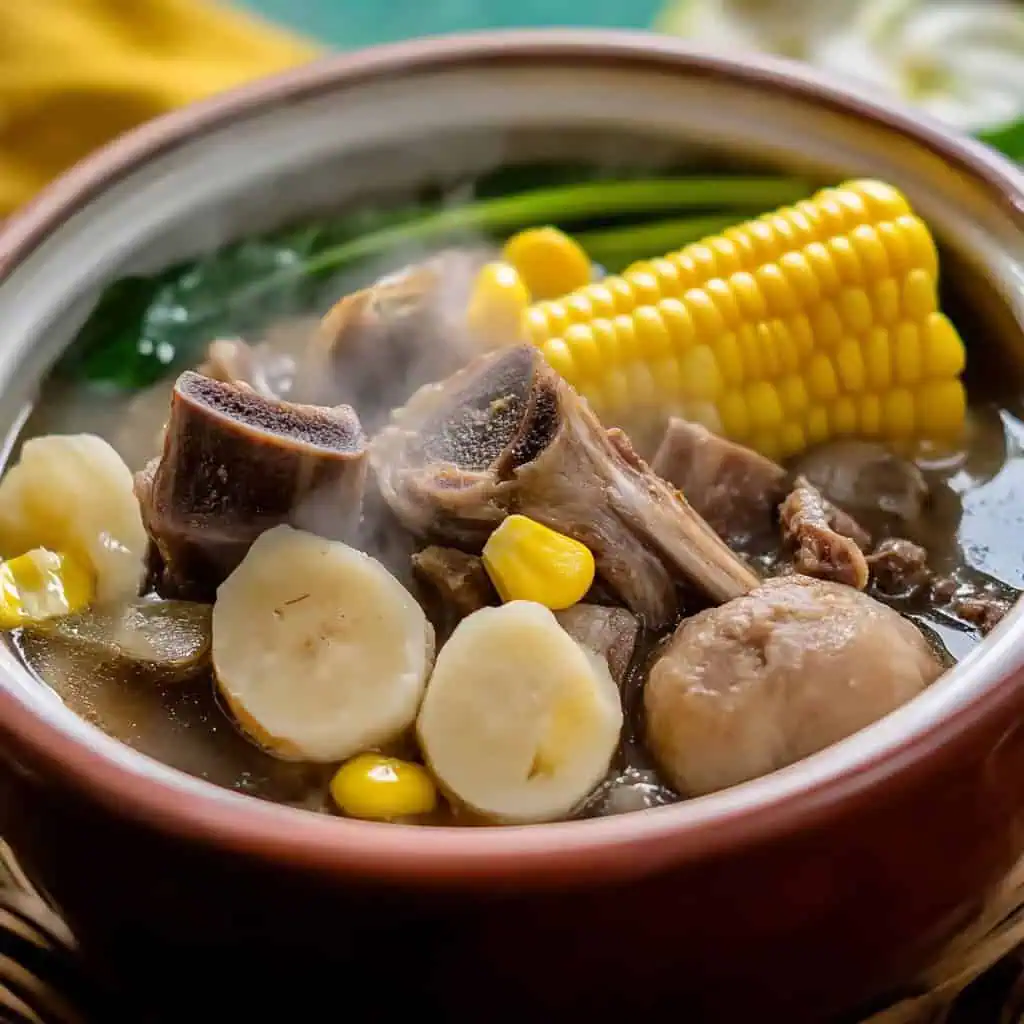
How To Make
- In a large pot, boil the beef shanks in water for 15 minutes. Drain and rinse the meat well to remove any scum. This ensures a clean, clear broth.
- Heat oil in a clean pot over medium heat. Sauté the minced garlic until lightly golden, about 30 seconds. Add the sliced ginger and quartered onions, cooking until fragrant, about 2-3 minutes.
- Add the cleaned beef shanks back to the pot along with the corn sections, bamboo shoots, and pounded lemongrass. Pour enough water to cover everything by two inches. Bring to a boil, then reduce heat to a gentle simmer. Cover and cook for 1.5 hours or until the beef is fork-tender.
- Once the meat is tender, add the sliced saba bananas and cook for 15 minutes. Add the cabbage quarters and cook for 5 minutes.
- Finally, add the bok choy and sliced spring onions. Cook for a final 5 minutes until the greens are just wilted but still bright. Season with fish sauce and freshly ground black pepper to taste.
- Serve hot in bowls, making sure each portion has meat, vegetables, and plenty of the aromatic broth. Enjoy with steamed rice and extra fish sauce or calamansi on the side.

Tips from Lola's Kitchen
- Choose the right meat: Select beef shanks with marrow bones for a richer, more flavorful broth
- Prepare lemongrass properly: Pound the white parts thoroughly to release their essential oils and maximize flavor
- Double-boil technique: The initial boil and rinse is crucial for removing impurities and ensuring a clear broth
- Layer your flavors: Add ingredients in stages according to cooking time for perfect texture
- Simmer, don't boil: Maintain a gentle simmer throughout cooking to keep the broth clear
- Patience pays off: Allow sufficient time for the beef to become tender—this isn't a dish to rush
- Season gradually: Add salt or fish sauce in small amounts throughout cooking for better flavor development
Substitutions
- Beef Shanks: Beef brisket, oxtail, or beef neck bones can work well as alternatives
- Bok Choy: Regular pechay, spinach, or mustard greens provide similar freshness
- Saba Bananas: Sweet potatoes or regular potatoes offer a similar starchy element
- Bamboo Shoots: Young corn, green papaya, or even daikon radish can substitute
- Lemongrass: In emergencies only, use 1-2 teaspoons of lemon zest plus 1 tablespoon lemon juice
- Fresh Corn: Frozen corn or canned corn (added later in cooking) can work in a pinch
Troubleshooting
Tough Meat?
- Extend simmering time—beef shanks might need up to 3 hours for perfect tenderness
- Ensure you maintain a gentle simmer rather than a rapid boil
- Cut meat into smaller sections before cooking to reduce cooking time
- Consider using a pressure cooker to reduce cooking time (45 minutes under pressure)
Cloudy Broth?
- Be thorough with the initial boiling and cleaning step
- Maintain a gentle simmer throughout cooking, never a rolling boil
- Skim foam and fat regularly during the cooking process
- Strain the broth if necessary before adding vegetables
Vegetables Too Soft?
- Add vegetables in stages based on their cooking time
- Firmer vegetables (corn, bamboo shoots) go in earlier
- Leafy greens should be added just 5 minutes before serving
- Consider cooking vegetables separately and combining at serving time
Storage & Reheating
- Refrigerate: Store in an airtight container for up to 4 days. The flavors actually develop beautifully overnight.
- Freeze: Pocherong Bisaya freezes well for up to 3 months. Exclude the leafy greens and add fresh ones when reheating.
- Reheating: Warm slowly over medium-low heat until just simmering. Avoid vigorous boiling which can toughen the meat.
- Refresh When Serving: Add fresh spring onions or cilantro when serving leftover pochero to brighten flavors.
- Separate Components: For best results when freezing, store the broth separate from meat and vegetables.
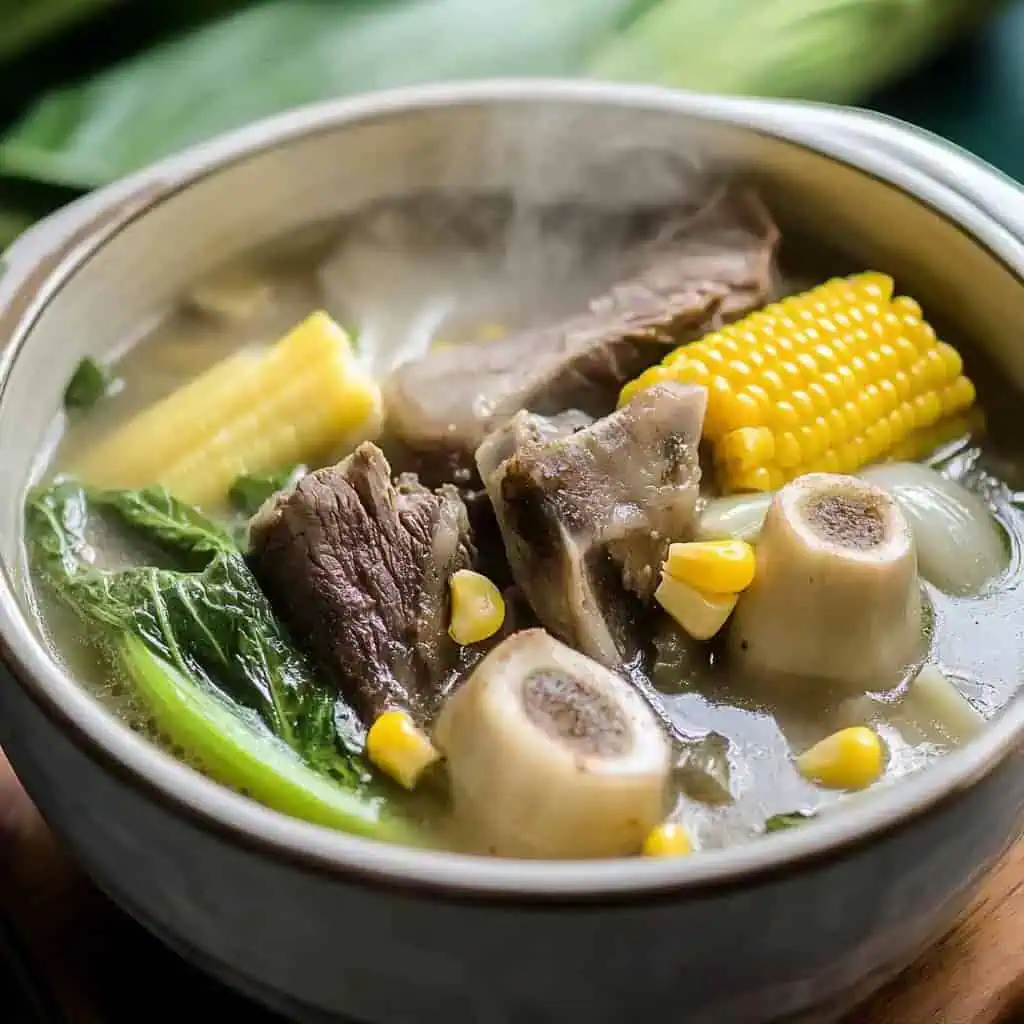
FAQ
What's the difference between Pocherong Bisaya and Bulalo?
Pocherong Bisaya includes lemongrass, ginger, and more vegetables, creating a lighter, more aromatic broth. Bulalo focuses more on the rich beef flavor with fewer aromatics.
Can I make this in a pressure cooker or Instant Pot?
Yes! Cook the beef with aromatics for 45 minutes on high pressure, then add vegetables in stages after quick release. This cuts down cooking time significantly while maintaining flavor.
Is this dish spicy?
No, traditional Pocherong Bisaya isn't spicy, but you can customize the heat level by adding siling labuyo (bird's eye chilies) or black pepper to taste.
How do I know when the beef is perfectly cooked?
The meat should easily pull away from the bone, and a fork should slide in with minimal resistance. The collagen in the shanks should have broken down to create a slightly gelatinous broth.
Can I prepare this dish in advance for a party?
Absolutely! In fact, the flavors develop wonderfully overnight. Prepare the broth and meat a day ahead, then reheat and add fresh vegetables shortly before serving.
What makes the Visayan version different from other pochero recipes?
The Visayan version uniquely features lemongrass and ginger as key aromatics and includes saba bananas and bamboo shoots. It has a clearer, more aromatic broth compared to the tomato-based Luzon version.
My bamboo shoots taste bitter. What should I do?
Pre-boil bamboo shoots in water with a pinch of salt for 10 minutes before using. Drain and rinse, then repeat if necessary to remove bitterness.
Related
Looking for other recipes like this? Try these:
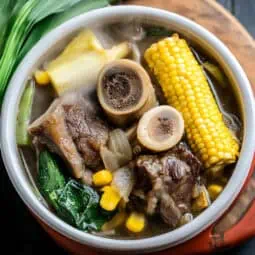
Authentic Pocherong Bisaya (Visayan-Style Beef Pochero)
Equipment
- Large stock pot (kaldero) for boiling and simmering the soup
- Sharp knife (kutsilyo) for cutting vegetables and meat
- Wooden spoon (sandok) for stirring and skimming
- Strainer [Salaan] for draining the initial boil
- Cutting board (Sangkalan) for preparation
- Measuring cups and spoons (Panukat) for precise ingredients portion
- Mortar and pestle (dikdikan) for pounding lemongrass
Ingredients
For the Broth Base
- 1.5 kg beef shanks tulan ng baka, cut into sections
- 4 stalks lemongrass tanglad, white parts pounded
- 1 large piece ginger luya, peeled and thinly sliced
- 6 cloves garlic bawang, minced
- 1 onion sibuyas, quartered
- Salt asin to taste
- Fish sauce patis to taste
- Freshly ground black pepper paminta
- 2 tablespoons cooking oil mantika
Vegetables and Add-ins
- 4 pieces saba bananas saging na saba, sliced diagonally
- 1 cup bamboo shoots labong, pre-cooked and sliced
- 2 ears fresh sweet corn mais, cut into 3 sections
- 2 bunches bok choy pechay
- 1 medium cabbage repolyo, quartered
- 6 stalks spring onions sibuyas dahon, sliced
Instructions
- In a large pot, boil the beef shanks in water for 15 minutes. Drain and rinse the meat well to remove any scum. This ensures a clean, clear broth.
- Heat oil in a clean pot over medium heat. Sauté the minced garlic until lightly golden, about 30 seconds. Add the sliced ginger and quartered onions, cooking until fragrant, about 2-3 minutes.
- Add the cleaned beef shanks back to the pot along with the corn sections, bamboo shoots, and pounded lemongrass. Pour enough water to cover everything by two inches. Bring to a boil, then reduce heat to a gentle simmer. Cover and cook for 1.5 hours or until the beef is fork-tender.
- Once the meat is tender, add the sliced saba bananas and cook for 15 minutes. Add the cabbage quarters and cook for 5 minutes.
- Finally, add the bok choy and sliced spring onions. Cook for a final 5 minutes until the greens are just wilted but still bright. Season with fish sauce and freshly ground black pepper to taste.
- Serve hot in bowls, making sure each portion has meat, vegetables, and plenty of the aromatic broth. Enjoy with steamed rice and extra fish sauce or calamansi on the side.
- Tips: Keep the heat at a gentle simmer to maintain a clear broth. Don't overcook the vegetables – they should be tender but still hold their shape. Taste and adjust seasoning gradually throughout cooking.
Tips from Lola's Kitchen
- Choose beef shanks with marrow for richer flavor
- Pound lemongrass before adding to release essential oils
- Don't overcook the vegetables to maintain their texture
- Add salt gradually throughout cooking for better flavor development
Nutrition
The Story Behind Pocherong Bisaya
Deep in the heart of the Visayas, where culinary traditions tell stories of cultural fusion, Pocherong Bisaya emerged as a distinct interpretation of the Spanish-influenced pochero. While the traditional pochero made its way to Philippine shores during the Spanish colonial period, the Visayan people transformed this humble dish into something uniquely their own, incorporating indigenous ingredients that flourished in their tropical paradise.
The addition of lemongrass (tanglad) and ginger (luya) to the broth marks a significant departure from its Spanish predecessor, reflecting the Visayan region's close ties to Southeast Asian cooking traditions. These aromatics, abundant in the fertile soils of Cebu, Bohol, and neighboring islands, contribute to the dish's distinctive fresh and citrusy profile that sets it apart from the tomato-based Luzon version or the rich, pure-beef Bulalo of Batangas.
In many Visayan households, Pocherong Bisaya transcends its role as mere sustenance. Sunday gatherings often feature this heartwarming soup, where families congregate around steaming bowls of tender beef shanks, sweet corn, and locally grown vegetables. The inclusion of saba bananas and bamboo shoots showcases the Visayans' ingenious use of readily available ingredients, creating a harmonious blend of textures and flavors that has become synonymous with Visayan comfort food.
Today, this beloved dish continues to evolve while maintaining its core identity. Modern interpretations might feature additional vegetables or varying levels of spice, but the essential combination of beef, lemongrass, and ginger remains unchanged. As Filipino cuisine gains global recognition, Pocherong Bisaya stands as a testament to the Visayan people's culinary creativity and their ability to transform foreign influences into something uniquely their own.
Whether served in humble karenderias of Cebu or sophisticated restaurants in Manila, Pocherong Bisaya tells a story of regional pride, family traditions, and the enduring appeal of a well-made bowl of soup. Its popularity has transcended regional boundaries, becoming a celebrated example of how local ingredients and cooking techniques can elevate a dish to new heights while honoring its historical roots.
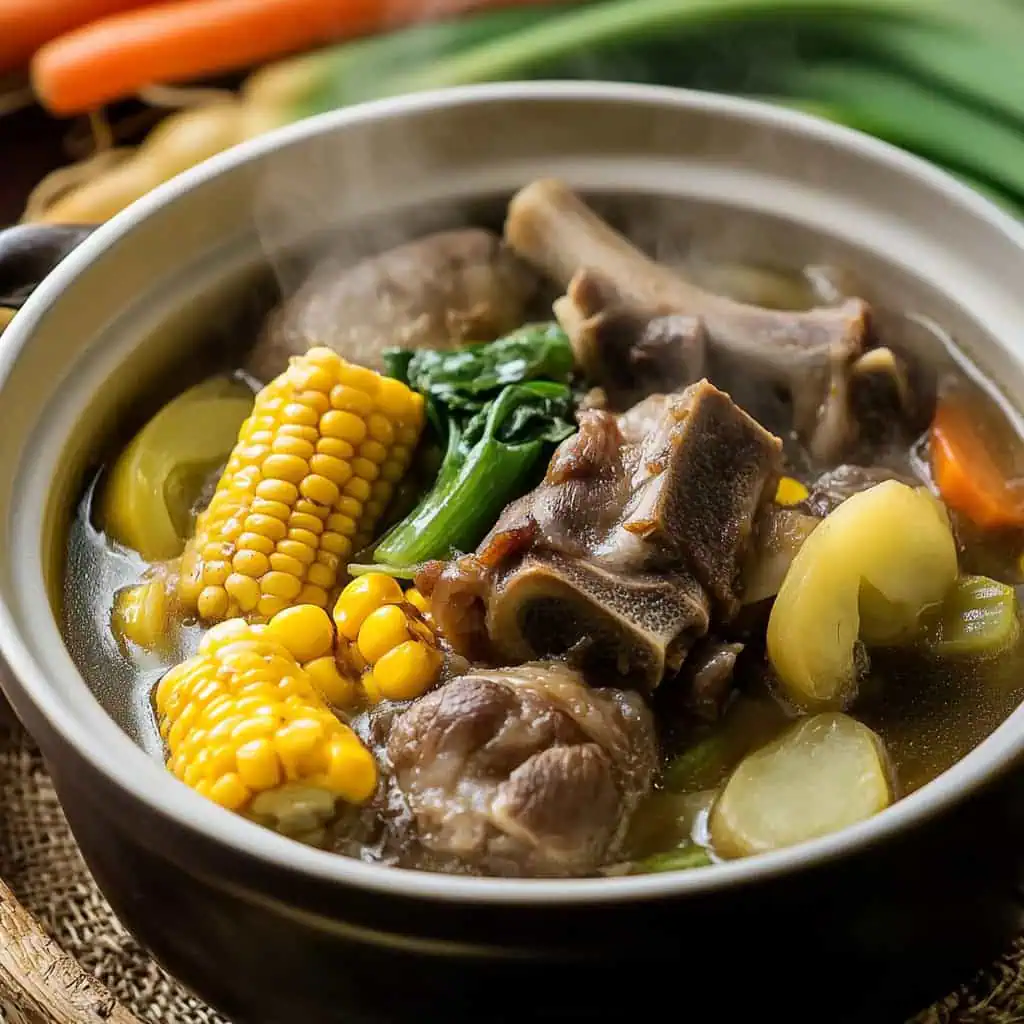







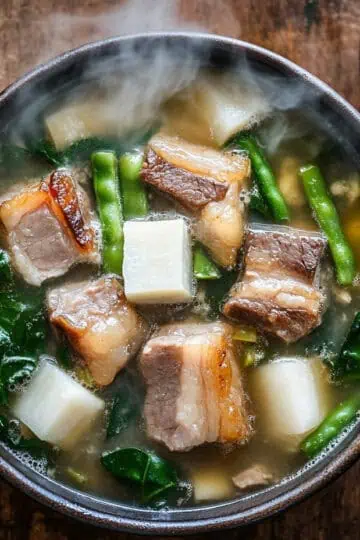
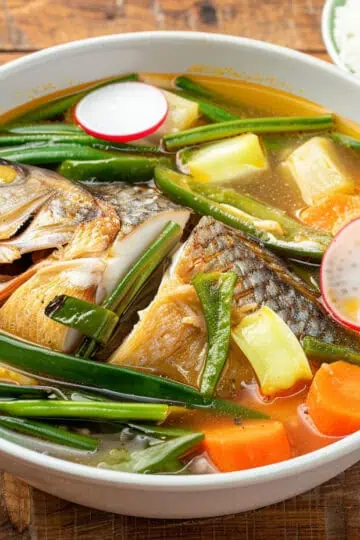
Comments
No Comments